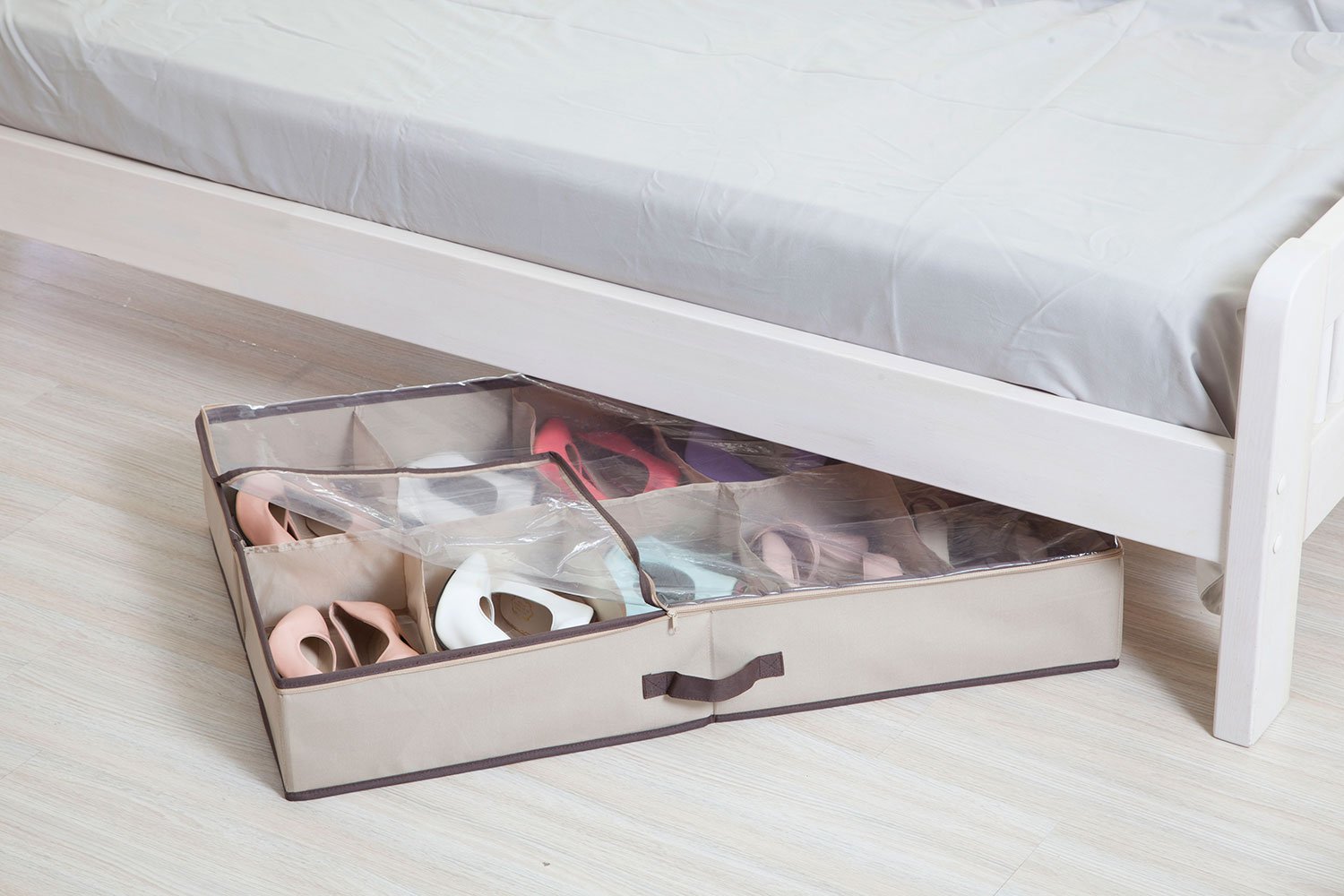

Articles
How To Store Off Season Shoes
Modified: October 28, 2024
Learn how to store your off season shoes properly with these helpful articles. Find tips and tricks to keep your footwear in excellent condition until you need them again.
(Many of the links in this article redirect to a specific reviewed product. Your purchase of these products through affiliate links helps to generate commission for Storables.com, at no extra cost. Learn more)
Introduction
In every shoe lover’s life, there comes a time when the seasons change, and it’s necessary to put away those beloved pairs of shoes until the weather is right again. Storing off-season shoes properly is essential to ensure their longevity and keep them in pristine condition. Whether it’s winter boots waiting for the snow to come or sandals waiting for the arrival of warmer days, proper storage is key.
But how exactly do you store off-season shoes? In this article, we’ll guide you through step-by-step instructions on finding the right storage space, cleaning and preparing your shoes, organizing and storing them by type, using boxes or containers for storage, exploring alternatives to traditional shoe storage, and maintaining your shoes during off-season storage.
By following these guidelines, you can ensure that your shoes remain in great shape, ready to be used when the appropriate season rolls around again. So, let’s dive into the world of off-season shoe storage!
Key Takeaways:
- Proper off-season shoe storage involves finding the right space, cleaning and organizing shoes by type, using sturdy containers, and maintaining them to ensure longevity and pristine condition.
- Alternative storage options like shoe cabinets, racks, and floating shelves offer creative and stylish solutions for off-season shoe storage, adding both functionality and decorative elements to your living space.
Read more: How To Store Thigh High Boots
Finding the Right Storage Space
When it comes to storing off-season shoes, finding the right storage space is crucial. You want to choose a location that is cool, dry, and protected from sunlight. Excessive heat or humidity can damage the materials of your shoes, causing them to warp or deteriorate over time. Sunlight exposure can lead to fading or discoloration.
If possible, opt for a space indoors rather than keeping your shoes in a garage or basement where temperature and humidity fluctuations are more common. A cool and dry closet or a dedicated shoe storage area in your home would be the ideal choice.
Consider investing in a shoe rack or a shoe organizer that allows for proper ventilation. This will help prevent moisture buildup and potential mold or mildew growth. Choose a location where your shoes can be stored upright to maintain their shape and prevent any creasing.
Additionally, make sure the area is clean and free from any dust or debris. You wouldn’t want your precious shoes to gather any unwanted dirt during their time in storage. Cleaning the storage space before placing your shoes will minimize the risk of any contaminants transferring to your footwear.
If space is limited, you can get creative with your shoe storage solutions. Look for under-bed shoe organizers or over-the-door shoe racks. These options allow you to utilize space that would otherwise remain unused.
Remember, finding the right storage space is the first step in ensuring the longevity and condition of your off-season shoes. Taking the time to choose the proper location will go a long way in preserving the quality of your footwear.
Cleaning and Preparing Your Shoes
Before you store your off-season shoes, it’s important to give them a thorough cleaning. This step not only helps to keep your shoes in good condition but also prevents any dirt or stains from settling in during storage.
Start by removing any dirt and debris from the surface of your shoes. Use a soft brush or cloth to gently brush off any loose dirt. For hard-to-reach areas, such as the crevices or soles, you can use a toothbrush or cotton swabs to clean them effectively.
If your shoes have any stains or marks, treat them accordingly. Different materials require different cleaning methods. For example, for leather shoes, you can use a leather cleaner or a mild soap solution and a soft cloth to gently remove any stains. For fabric or canvas shoes, you can spot clean them with a mixture of water and mild detergent.
Allow your shoes to air dry completely before storing them. Stuff them with acid-free tissue paper or shoe inserts to help retain their shape. This is especially important for boots, as it prevents them from slouching or developing creases.
Once your shoes are clean and dry, it’s a good idea to apply a protective spray or conditioner. This helps to maintain the quality of the materials and provides an extra layer of protection against moisture and dust. Follow the manufacturer’s instructions for the specific product you are using.
It’s worth noting that certain materials, such as suede or patent leather, may require specialized cleaning techniques. If you’re unsure about cleaning methods for specific shoe types, consult the manufacturer’s guidelines or seek professional advice.
By taking the time to clean and prepare your shoes properly, you can ensure that they remain in excellent condition while in storage. This step not only extends the lifespan of your shoes but also saves you time and effort in the long run, as you won’t need to deal with stubborn stains or dirt accumulation when you retrieve them for the next season.
Organizing and Storing Shoes by Type
When it comes to organizing and storing your off-season shoes, grouping them by type is a practical and efficient approach. Organizing your shoes not only makes it easier to find the pair you’re looking for but also helps to minimize any potential damage that may occur during storage.
Start by sorting your shoes into categories based on their type, such as boots, sneakers, heels, sandals, etc. This will allow you to create a system where each type of shoe has its designated space.
For boots, consider using boot shapers or rolled-up magazines to help them maintain their shape. A boot rack or individual shoe boxes can also be used to keep them upright and organized. This prevents them from slouching or folding, which could lead to creases or damage.
Sneakers and athletic shoes can be stored on a shoe rack or stacked together in a clean and dry space. If you have the original shoeboxes, keep them to protect your sneakers from dust and potential damage. Label the boxes or use transparent containers to easily identify the pairs.
Heels can be lined up on a shoe rack or properly stored in their original boxes. Avoid overcrowding to prevent any misshaping or pressure on delicate heel structures. If you have open-toe heels, stuff them with tissue paper to maintain their shape.
For sandals and flip-flops, consider using hanging shoe organizers or clear shoe boxes that allow you to see the contents. This makes it easy to grab the pair you want without having to search through a pile.
It’s also helpful to label or make a note of the contents of each storage container or box. This way, you’ll know exactly where to find a specific pair of shoes when the time comes to bring them back into rotation.
Remember to keep your shoes in a cool and dry place away from direct sunlight. Excessive heat and humidity can cause damage to the materials and compromise the quality of your shoes.
By organizing and storing your off-season shoes by type, you not only keep them in good condition but also make it easier for you to find and rotate your footwear as the seasons change.
Store off-season shoes in clear plastic bins with lids to keep them clean and visible. Label the bins for easy identification. Keep in a cool, dry place to prevent damage.
Using Boxes or Containers for Shoe Storage
Using boxes or containers for shoe storage is a popular and effective method to keep your off-season shoes organized and protected. It provides a dedicated space for each pair, prevents dust accumulation, and helps maintain the shape and condition of your footwear.
When selecting boxes or containers for shoe storage, it’s important to choose ones that are sturdy, clean, and properly sized for your shoes. Here are a few options to consider:
- Shoe Boxes: Transparent shoe boxes are a great choice as they allow you to easily see the contents. These boxes often have ventilation holes to prevent moisture buildup. You can stack them neatly on shelves or in closets, creating a uniform and organized look.
- Plastic Bins: Clear plastic bins with lids are another option for shoe storage. These containers provide protection from dust, moisture, and potential pests. Opt for bins that are stackable to save space and make it easy to access your shoes when needed.
- Under-Bed Storage: Utilize the often-overlooked space under your bed for shoe storage. There are specifically designed under-bed storage containers available that can accommodate several pairs of shoes. These containers usually have a zipper closure or a lid to keep your shoes safe and dust-free.
- Hanging Shoe Organizers: Hanging shoe organizers with pockets are excellent for storing sandals, flats, or even small accessories. Hang them on the back of a closet door or inside the closet. This maximizes space and allows for easy access to your shoes without taking up shelf or floor space.
- Decorative Shoe Boxes: If you prefer a more aesthetically pleasing storage solution, decorative shoe boxes can be a stylish choice. These boxes often come in various designs and patterns, adding a touch of elegance to your storage space.
Regardless of the type of box or container you choose, it’s important to clean and dry your shoes thoroughly before storing them. This helps to prevent any odors or moisture from being trapped inside the container.
Remember to label your boxes or containers for easy identification, especially if you have multiple pairs of shoes in similar styles or colors. This eliminates the need to search through each container to find the specific pair you’re looking for.
Using boxes or containers for shoe storage not only keeps your off-season shoes organized but also protects them from external elements. Your shoes will be well-preserved and ready to be worn again when the seasons change.
Read more: How To Store Knee High Boots
Alternatives to Traditional Shoe Storage
While traditional shoe storage methods like boxes and containers are effective, there are also alternative options available that offer unique and creative ways to store your off-season shoes. These alternatives not only provide functional storage solutions but can also add a decorative touch to your living space. Here are a few options to consider:
- Shoe Cabinets: Shoe cabinets are a great alternative to traditional storage methods. These specially designed furniture pieces feature multiple compartments or shelves specifically crafted to hold and organize your shoes. Shoe cabinets often come with doors to keep your shoes hidden from view and protected from dust. They can be placed in entryways, closets, or even in bedrooms, serving as a stylish and practical storage solution.
- Shoe Racks: Shoe racks are a popular choice for those who want to display their shoes while keeping them organized. These racks come in various sizes and styles, ranging from wall-mounted racks to freestanding ones. Some shoe racks feature adjustable shelves or stackable design, allowing you to customize the storage space based on your shoe collection. Shoe racks are not only functional but can also serve as a decorative element in your home.
- Floating Shelves: Floating shelves provide a minimalist and modern approach to shoe storage. These shelves are mounted on walls and can be arranged in any configuration you desire. Not only do floating shelves save floor space, but they also allow you to showcase your favorite shoes as a stylish display. Choose shelves with a sufficient depth to accommodate your shoes securely.
- Shoe Cubbies or Cubby Benches: Shoe cubbies or cubby benches are versatile storage options that combine functionality and seating. These storage units feature cubbyholes or compartments where you can neatly store your off-season shoes. They can be placed in entryways or mudrooms, providing a convenient spot to sit while putting on or taking off shoes. Cubby benches often come with additional hooks or drawers for added storage options.
- Over-the-Door Shoe Organizers: If you’re limited on space, over-the-door shoe organizers are a practical choice. These organizers have pockets or compartments that hang over the back of a door, allowing you to maximize vertical space. You can store several pairs of shoes in each pocket, keeping them easily accessible and off the floor.
When considering alternative shoe storage options, ensure that they provide proper ventilation and protection for your shoes. Avoid placing shoes in locations where they are exposed to direct sunlight or extreme temperatures.
Remember to choose a storage method that suits your personal style and the available space in your home. These alternatives offer a creative and functional way to store your off-season shoes while adding a decorative element to your living environment.
Maintaining Your Shoes During Off-Season Storage
Proper maintenance is essential to ensure that your off-season shoes stay in good condition during storage. Follow these tips to keep your shoes looking great and ready to wear when the season rolls around again:
- Clean and inspect: Before storing your shoes, give them a final cleaning to remove any dirt or stains. Inspect each pair for any signs of damage or wear and tear. Repair any loose stitching or minor issues before storing them away.
- Use shoe trees or inserts: Use shoe trees or inserts to help maintain the shape of your shoes while in storage. These inserts can prevent your shoes from developing creases and keep them looking new. Wooden shoe trees are ideal for leather shoes, while plastic or foam inserts work well for other materials.
- Wrap in acid-free tissue paper: Wrap delicate shoes, such as those made from satin or silk, in acid-free tissue paper to prevent discoloration or damage. This helps to maintain the integrity of the materials and protects them from any potential contaminants.
- Avoid storing in plastic bags: While it may be tempting to store your shoes in plastic bags, it’s best to avoid doing so. Plastic bags can trap moisture, leading to mold or mildew growth. Instead, opt for breathable storage solutions like shoe boxes or fabric bags.
- Rotate and inspect regularly: During the off-season, it’s a good idea to rotate your stored shoes periodically. This prevents any pressure points from prolonged storage and allows for proper airflow. Additionally, take the opportunity to inspect them for any signs of damage or pest infestation.
- Avoid storing near heat sources: Keep your stored shoes away from direct heat sources, such as heaters or radiators. Excessive heat can damage the materials, causing them to warp or deteriorate. Opt for a cool, dry location to ensure the longevity of your shoes.
- Monitor for pests: Pesky insects or pests can potentially damage your shoes if not properly protected. Consider adding natural pest deterrents, such as cedar chips or lavender sachets, to your storage area. They can help deter insects and keep your shoes safe.
Remember to always follow the specific care instructions for your shoes. Different materials and styles may require unique maintenance methods. Consult the manufacturer’s guidelines or seek professional advice if you have any doubts.
By maintaining your shoes during off-season storage, you can ensure that they remain in excellent condition and ready to be worn when the time comes. Taking a little extra care now will save you time and effort in the long run, preserving the lifespan and beauty of your beloved footwear.
Summary and Conclusion
Storing off-season shoes properly is crucial to maintain their longevity and keep them in pristine condition. By following a few simple steps, you can ensure that your beloved pairs of shoes are protected during their time in storage.
First and foremost, finding the right storage space is essential. Choose a cool, dry location away from direct sunlight. Consider using shoe racks, under-bed storage, or hanging shoe organizers to maximize space and keep your shoes organized.
Cleaning and preparing your shoes before storage is crucial. Give them a thorough cleaning, allow them to dry completely, and apply a protective spray or conditioner. Stuff boots with tissue paper or use inserts to maintain their shape.
Organizing and storing shoes by type not only keeps them neat but also prevents any damage. Use shoe boxes, plastic bins, or clear containers to store your shoes properly. Remember to label the boxes or containers for easy identification.
If you’re looking for alternatives to traditional shoe storage, consider shoe cabinets, floating shelves, or shoe cubbies. These options provide functional and decorative storage solutions. Over-the-door shoe organizers are great for maximizing space in small areas.
During off-season storage, it’s important to maintain your shoes. Clean and inspect them periodically, use shoe trees or inserts to preserve their shape, and wrap delicate shoes in acid-free tissue paper. Avoid storing shoes in plastic bags and monitor for pests.
In conclusion, by following these guidelines, you can ensure that your off-season shoes remain in great condition. Proper storage, cleaning, organization, and maintenance will protect your shoes and ensure they are ready to be worn when the appropriate season arrives. So, take the time to store your shoes properly and enjoy the benefits of well-preserved footwear!
Frequently Asked Questions about How To Store Off Season Shoes
Was this page helpful?
At Storables.com, we guarantee accurate and reliable information. Our content, validated by Expert Board Contributors, is crafted following stringent Editorial Policies. We're committed to providing you with well-researched, expert-backed insights for all your informational needs.
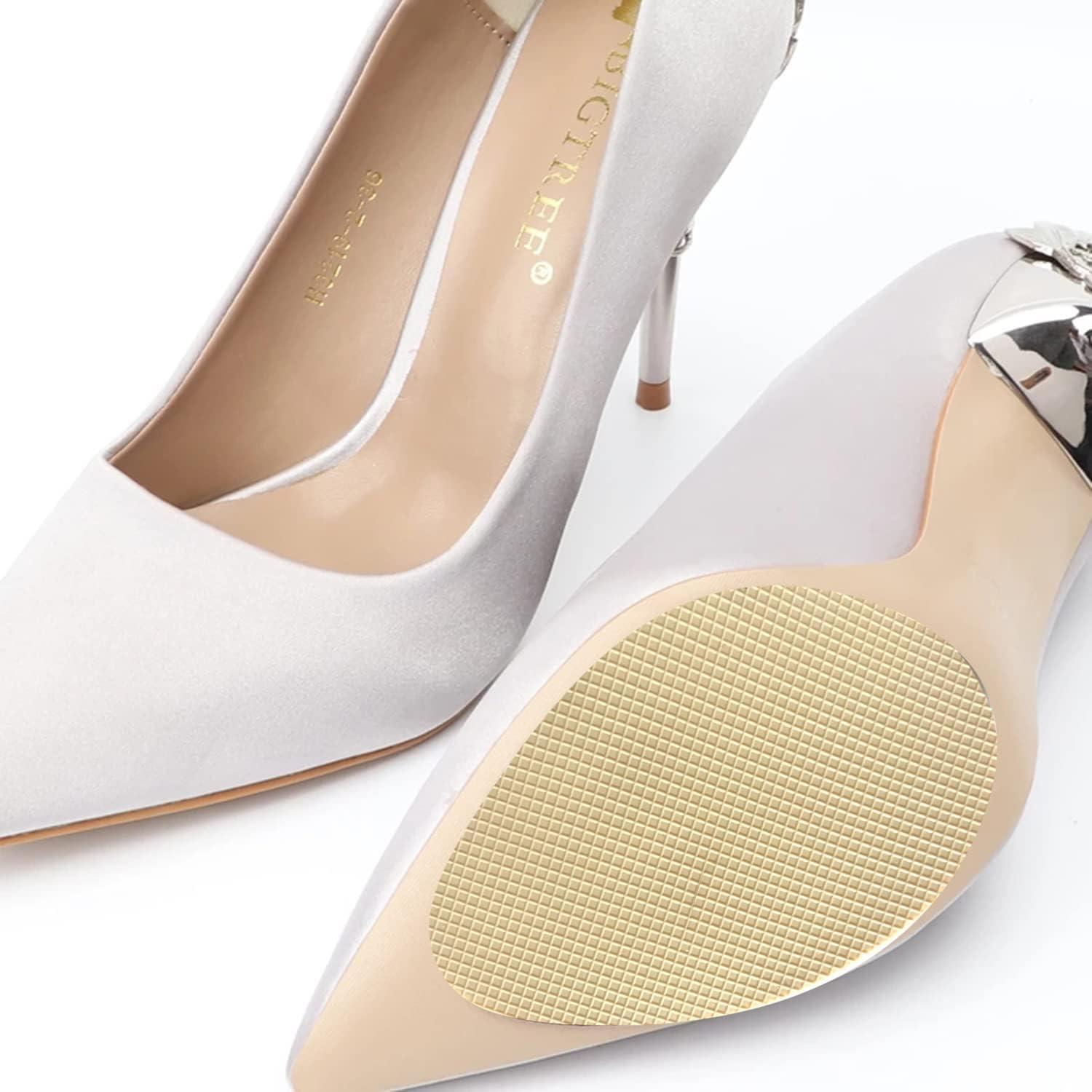
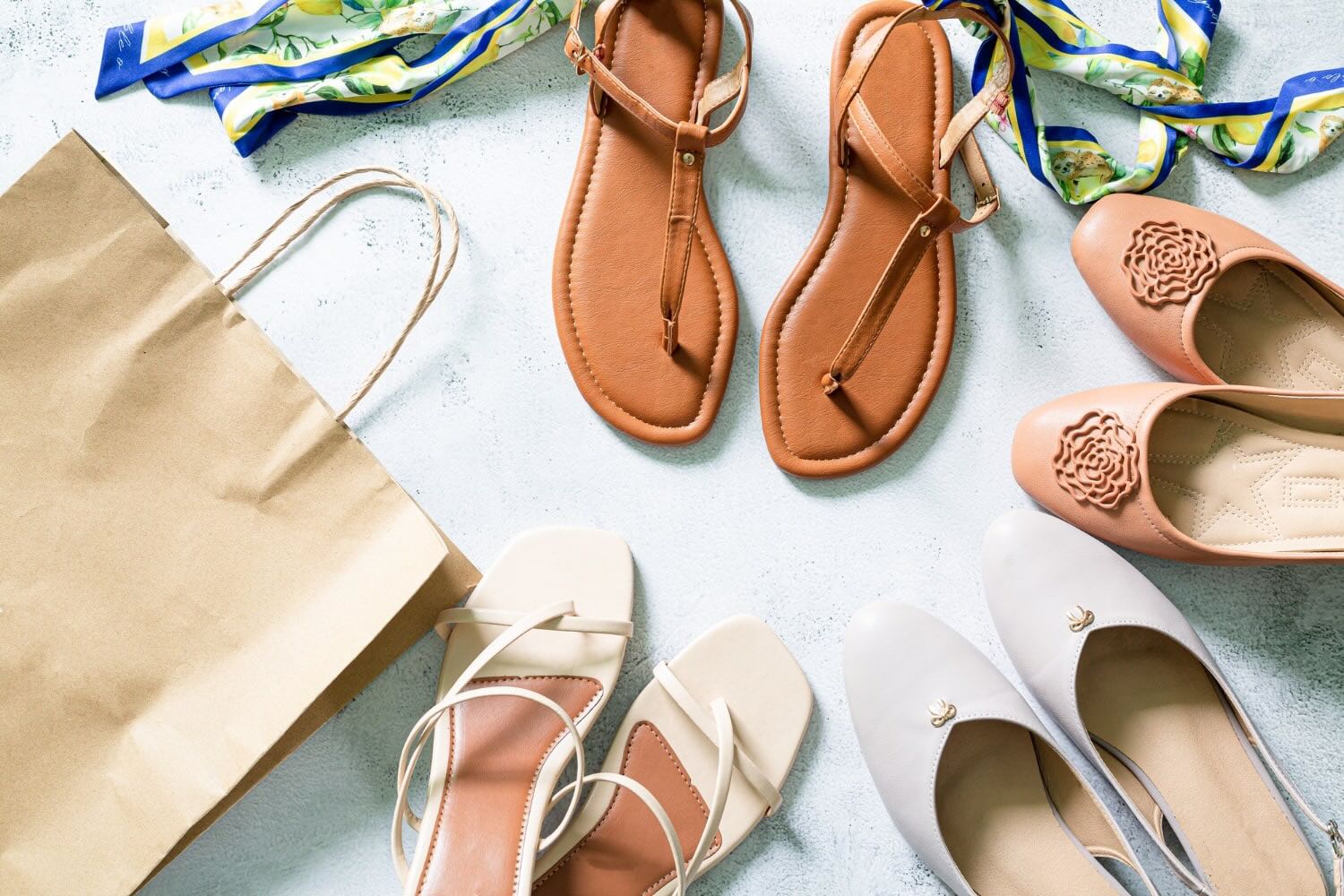
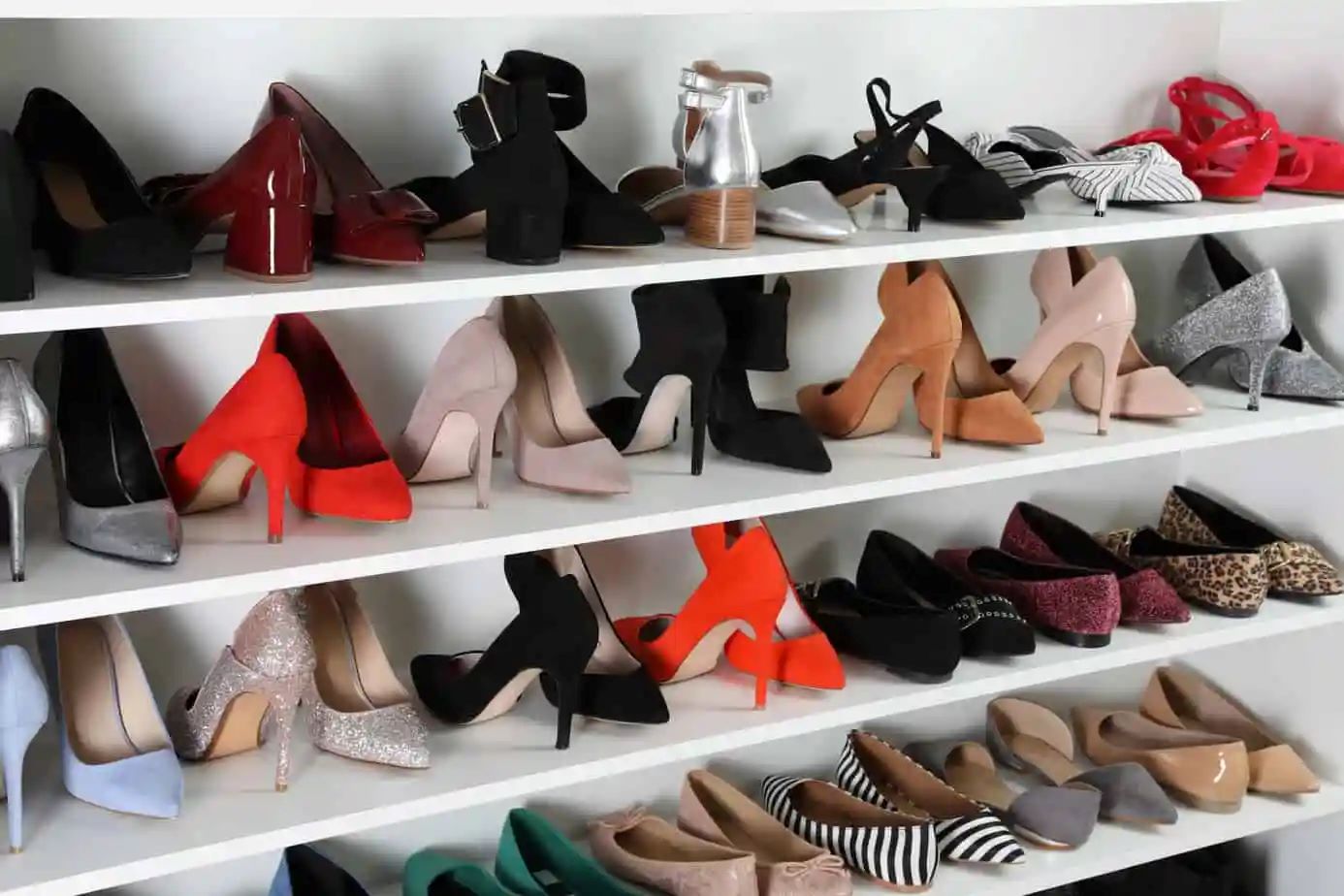
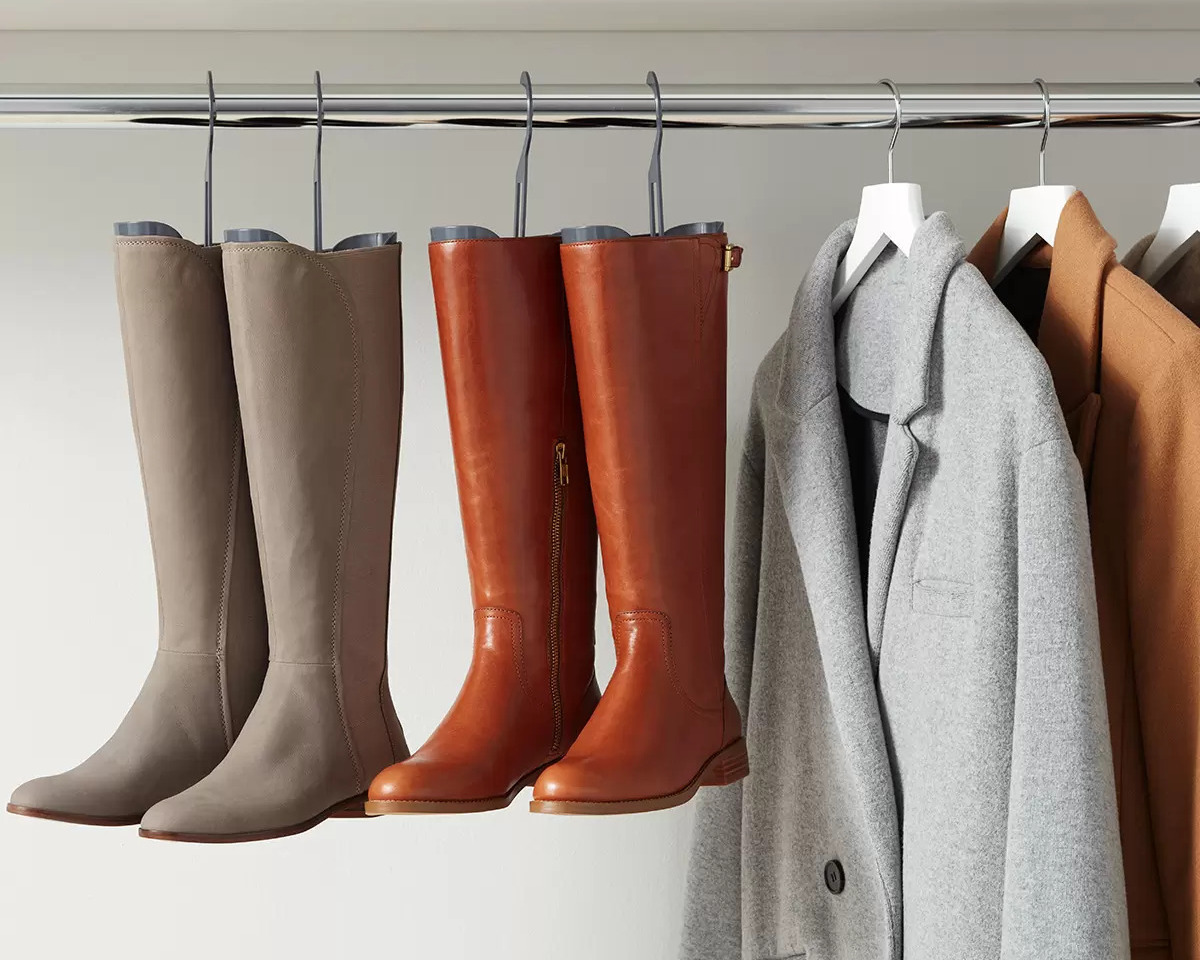
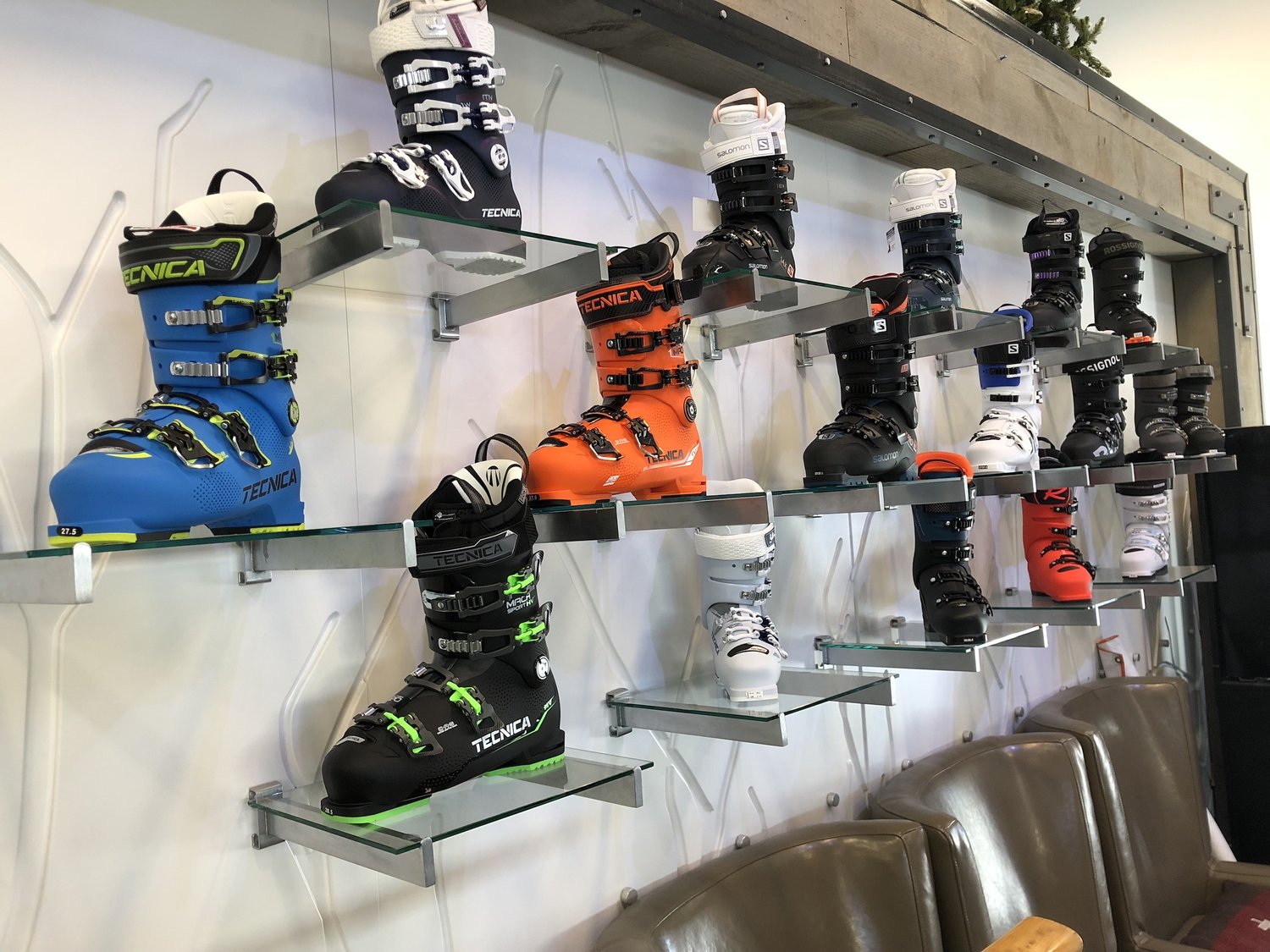
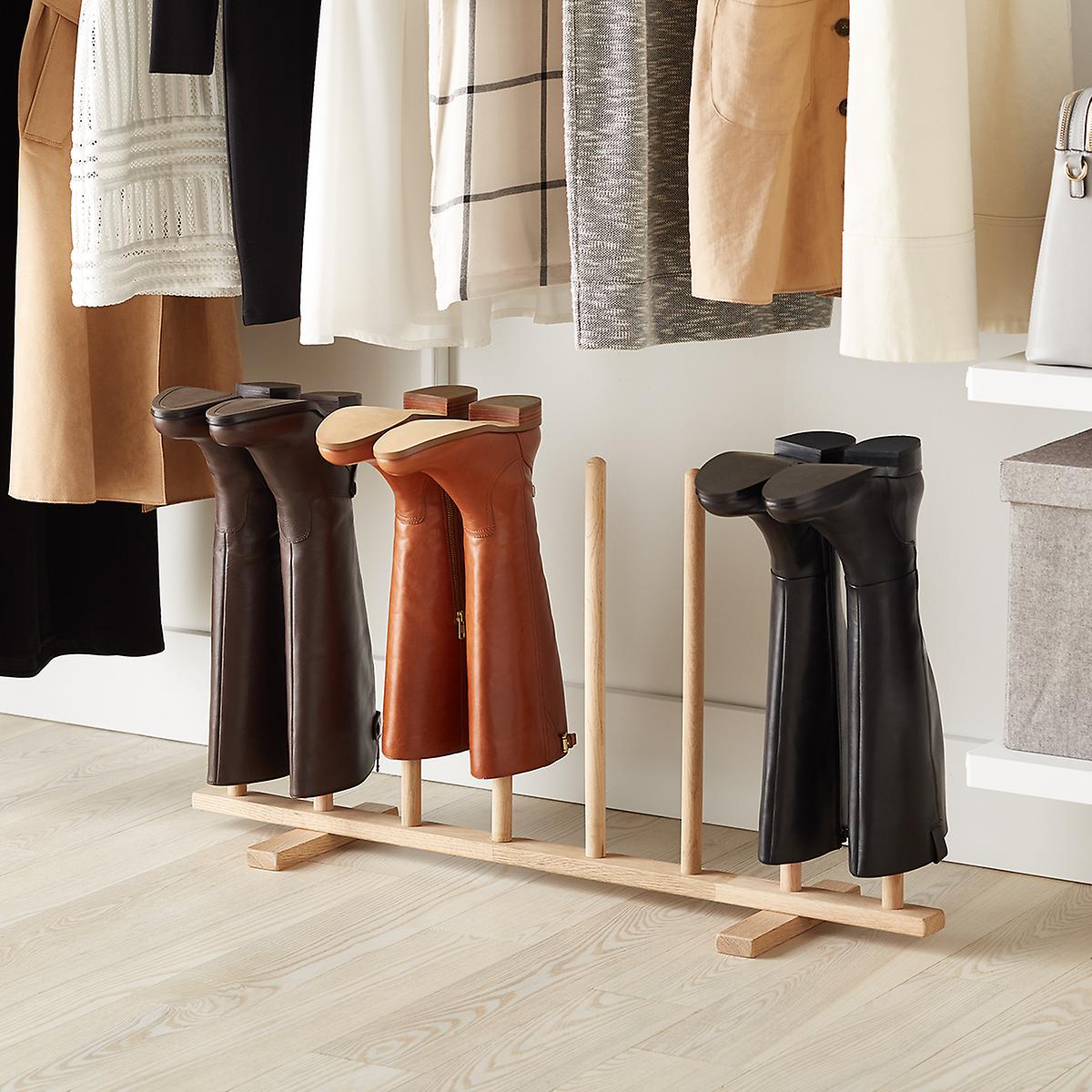
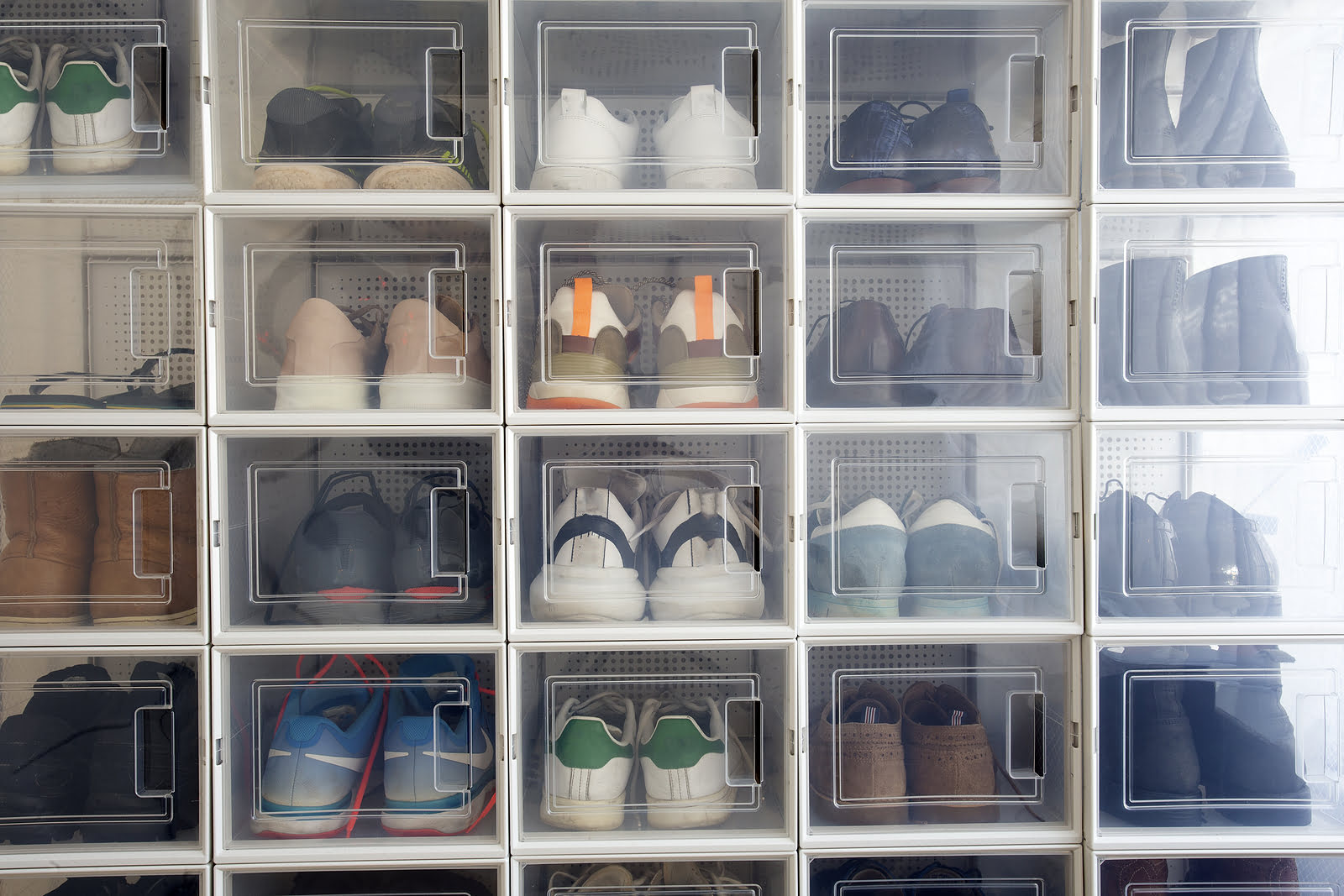
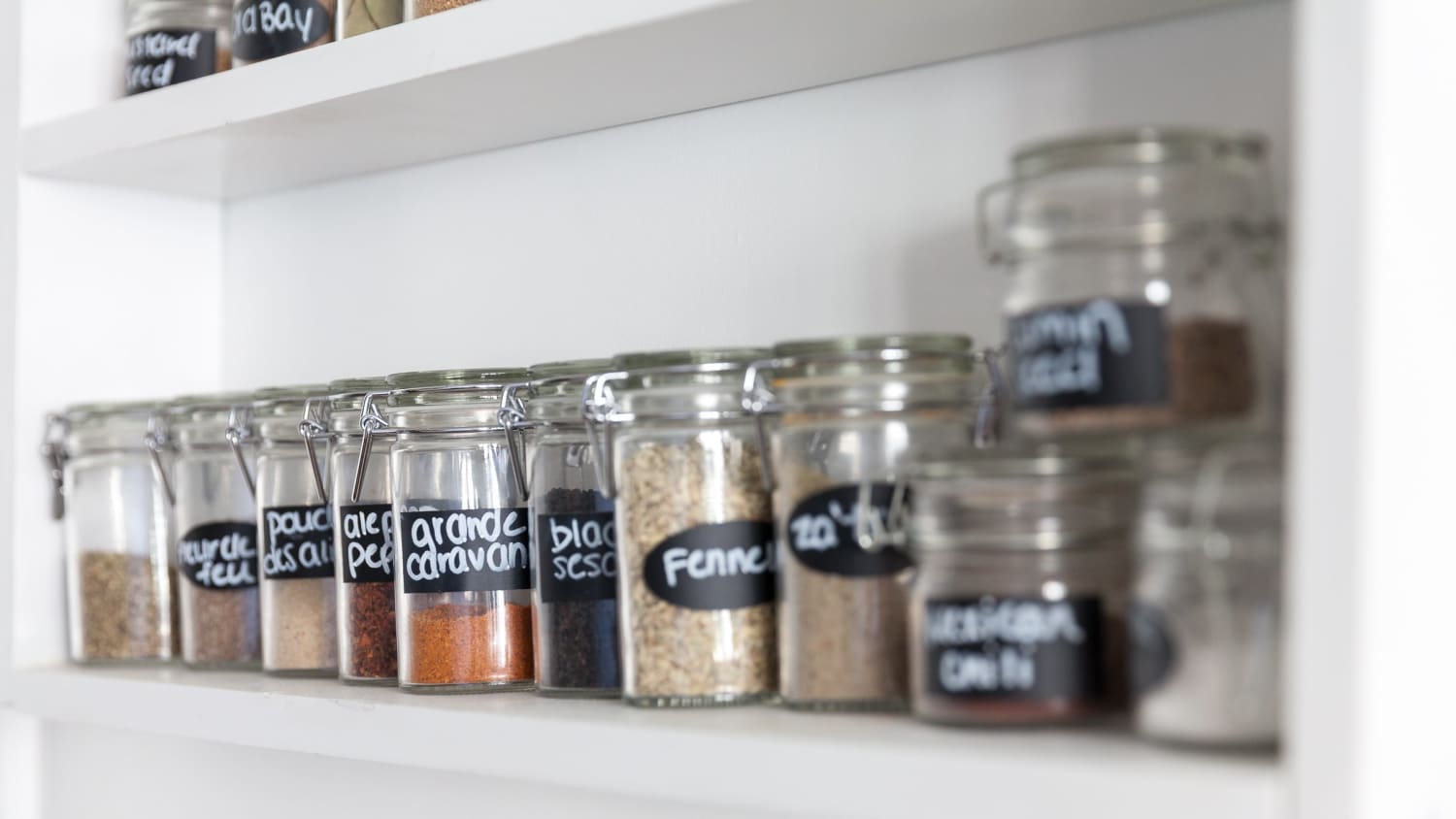
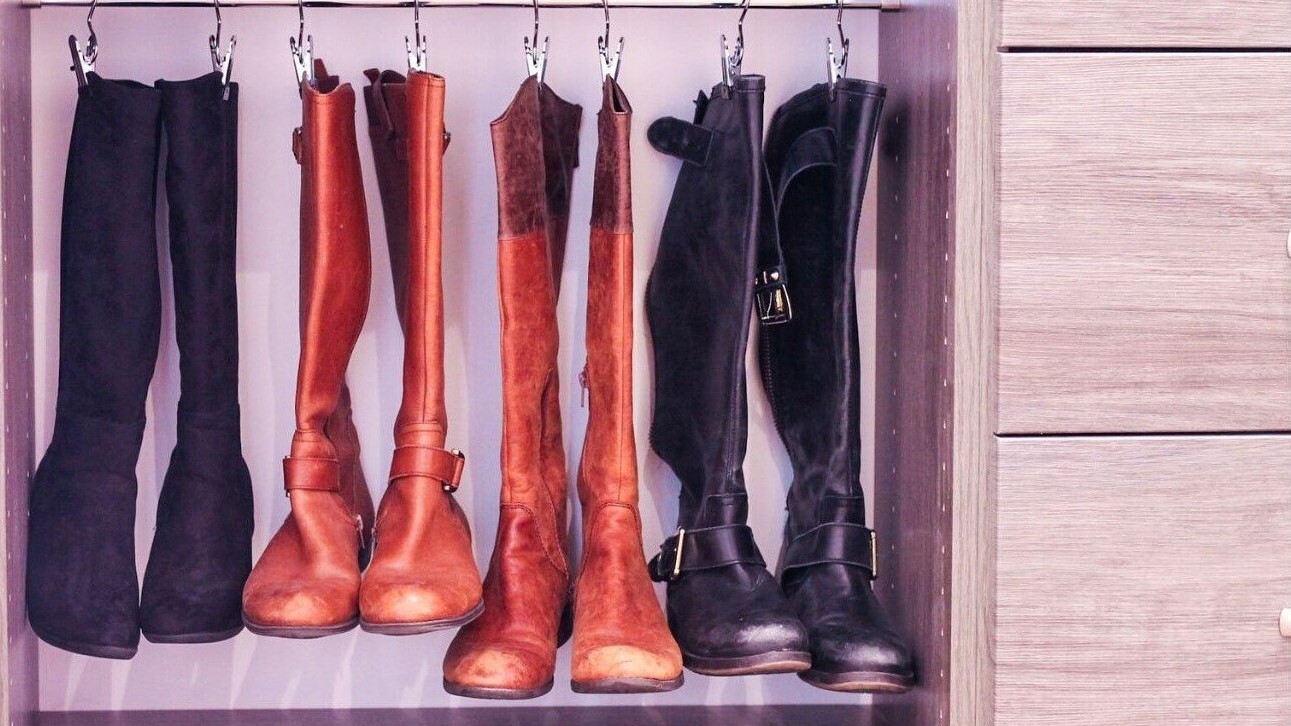
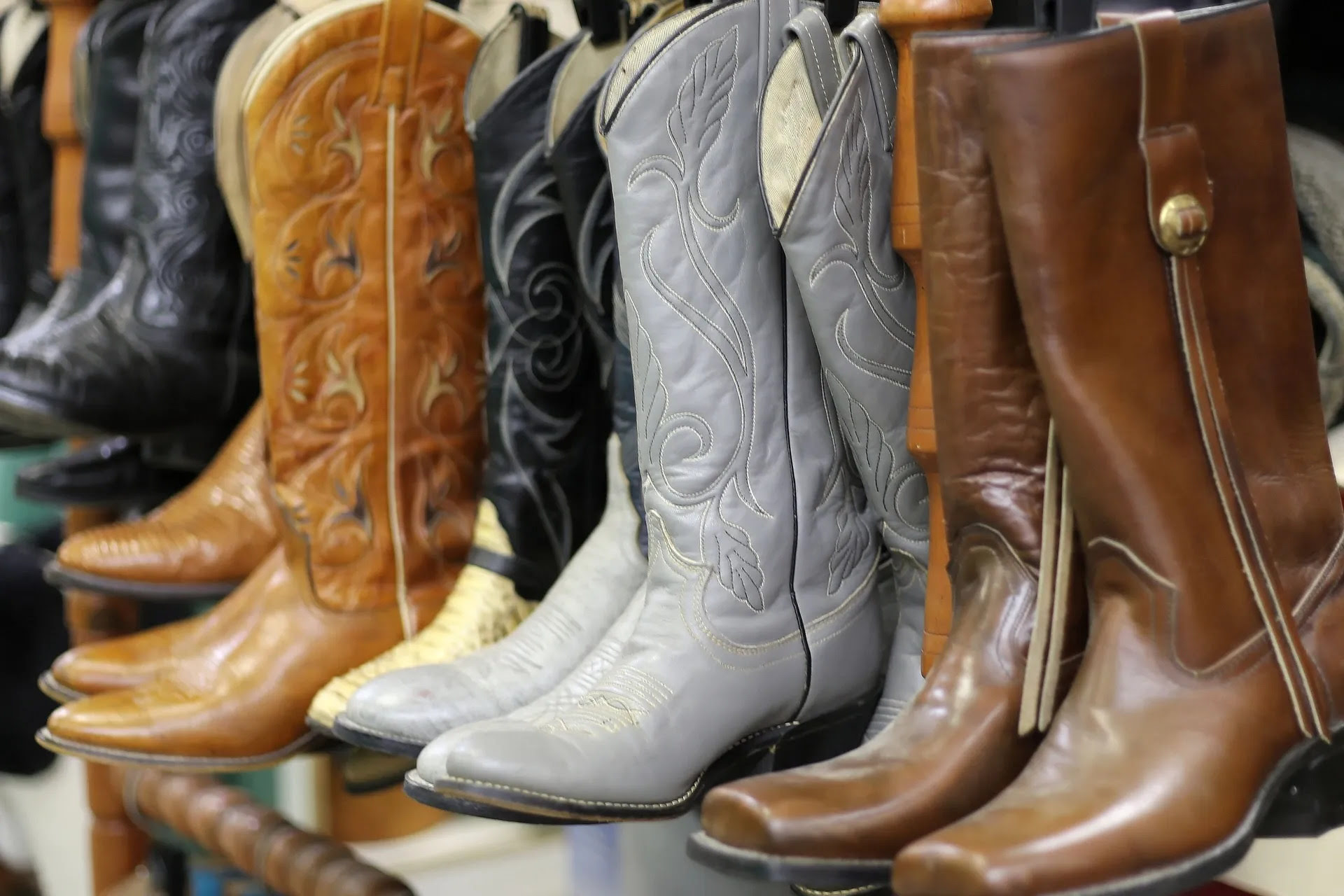
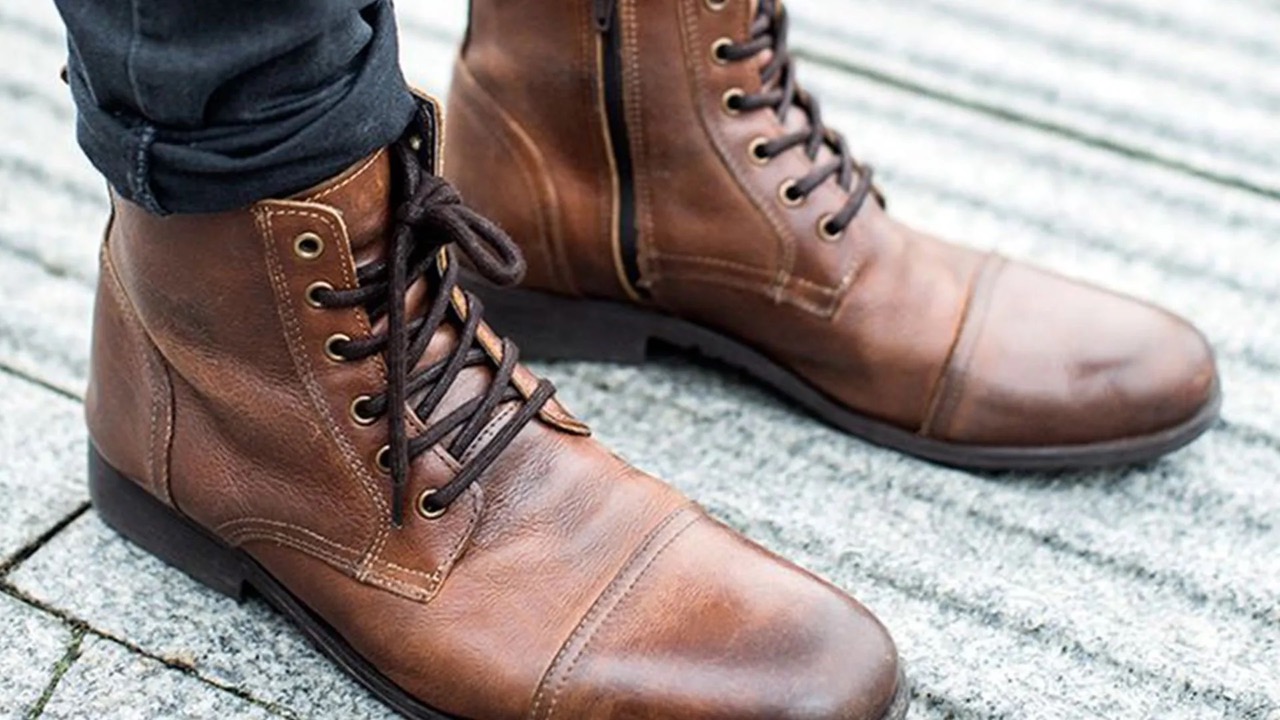
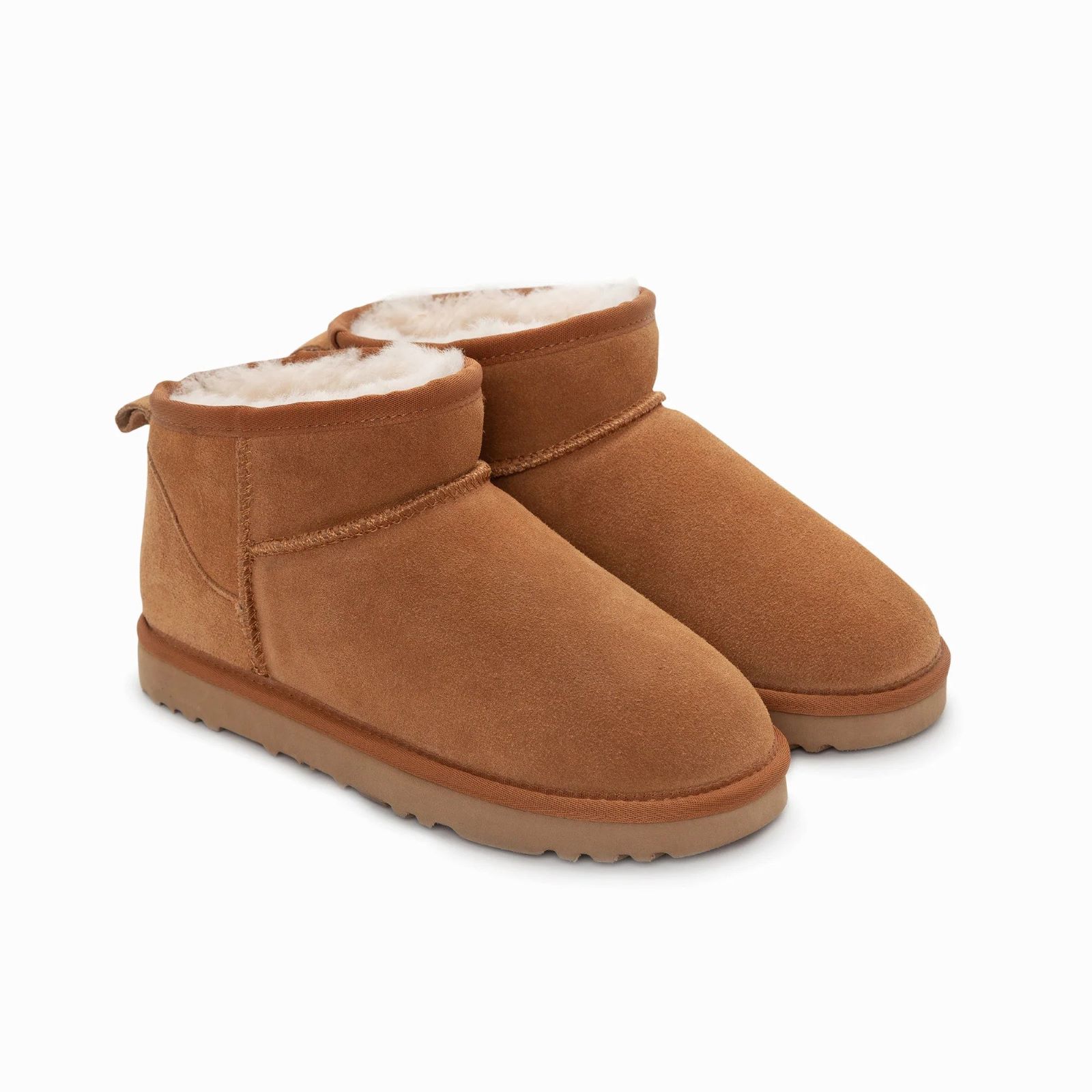
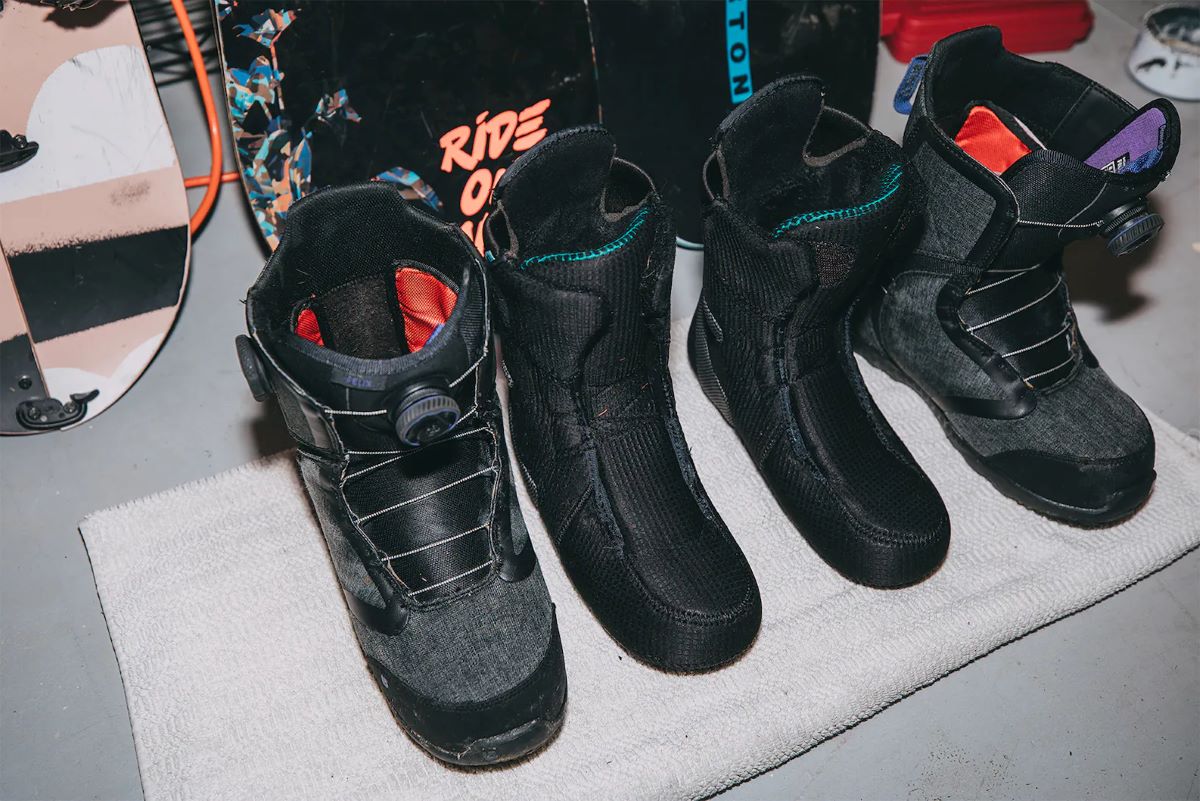
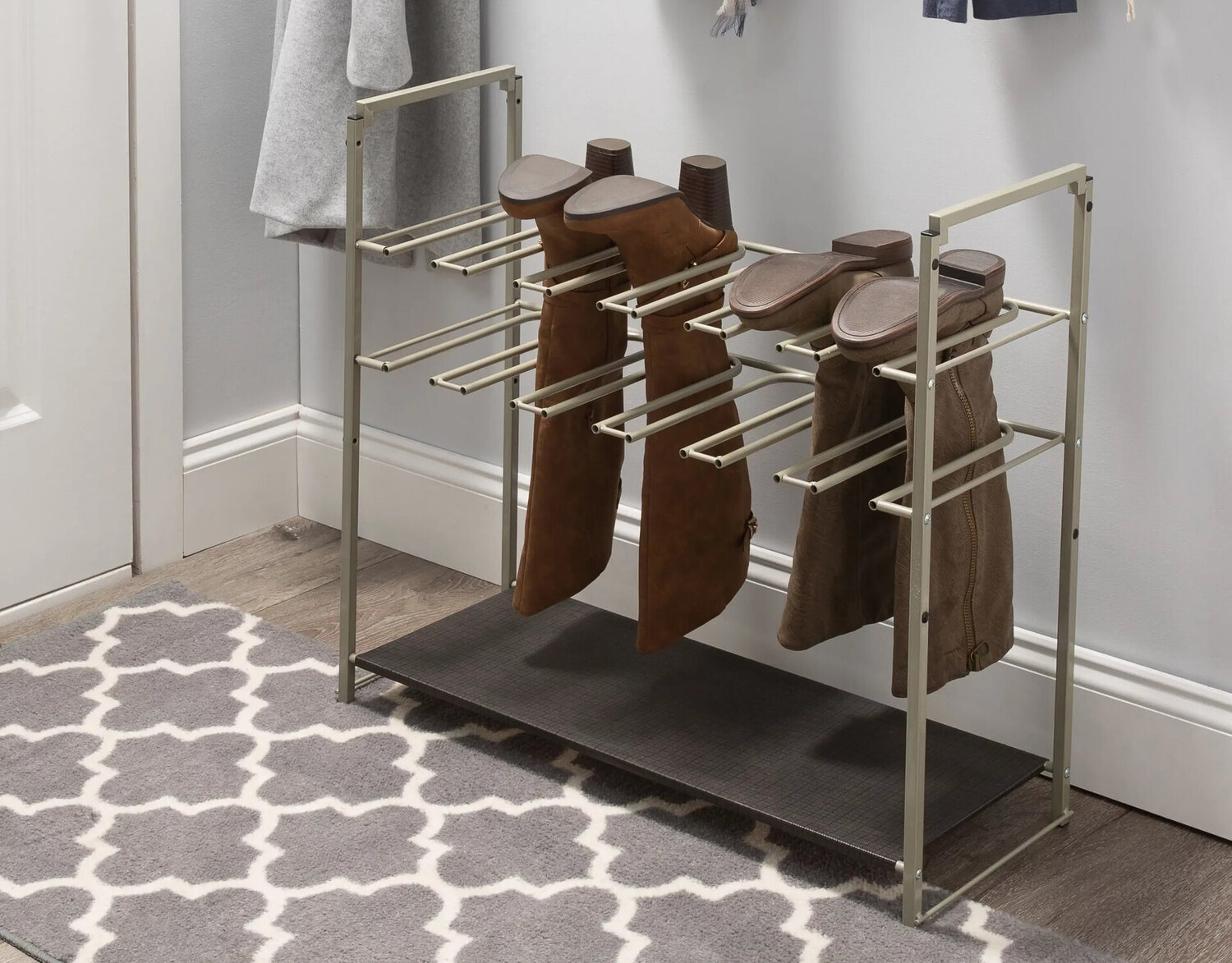

0 thoughts on “How To Store Off Season Shoes”